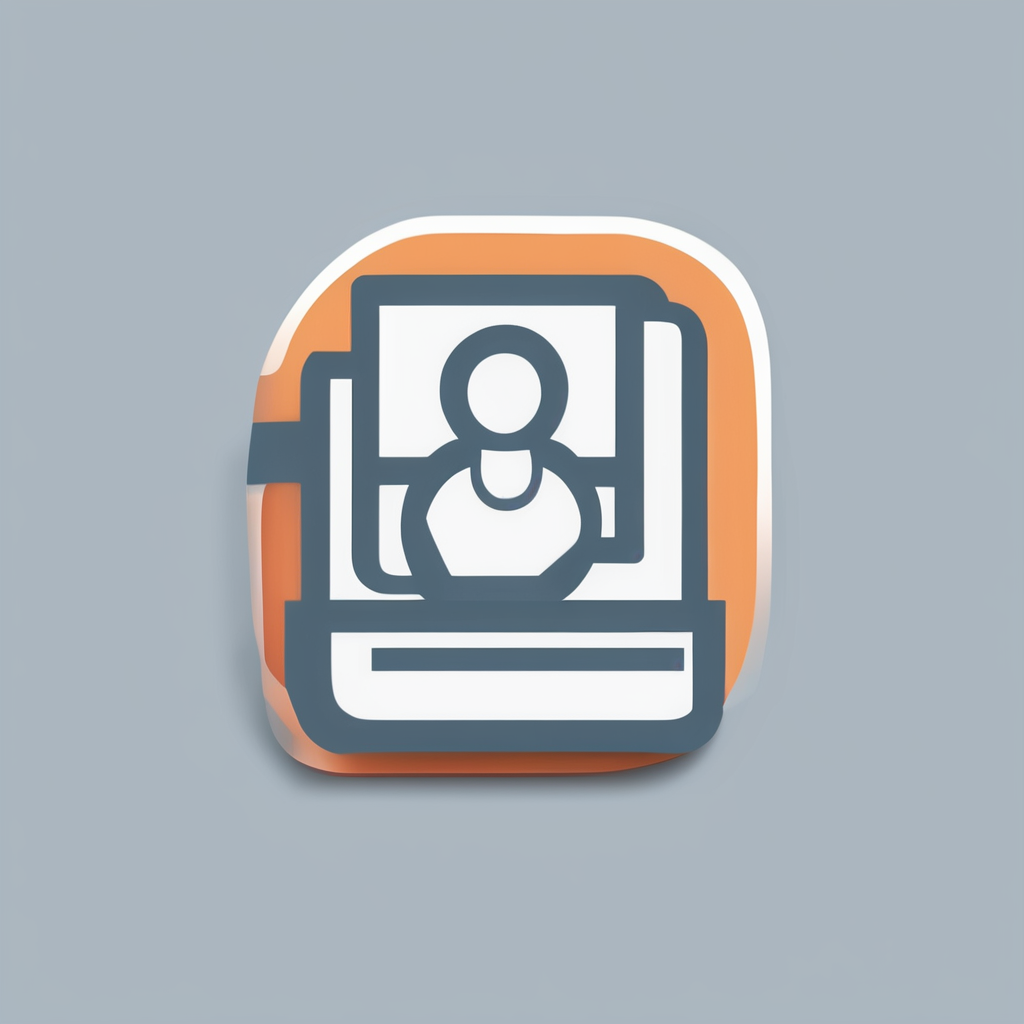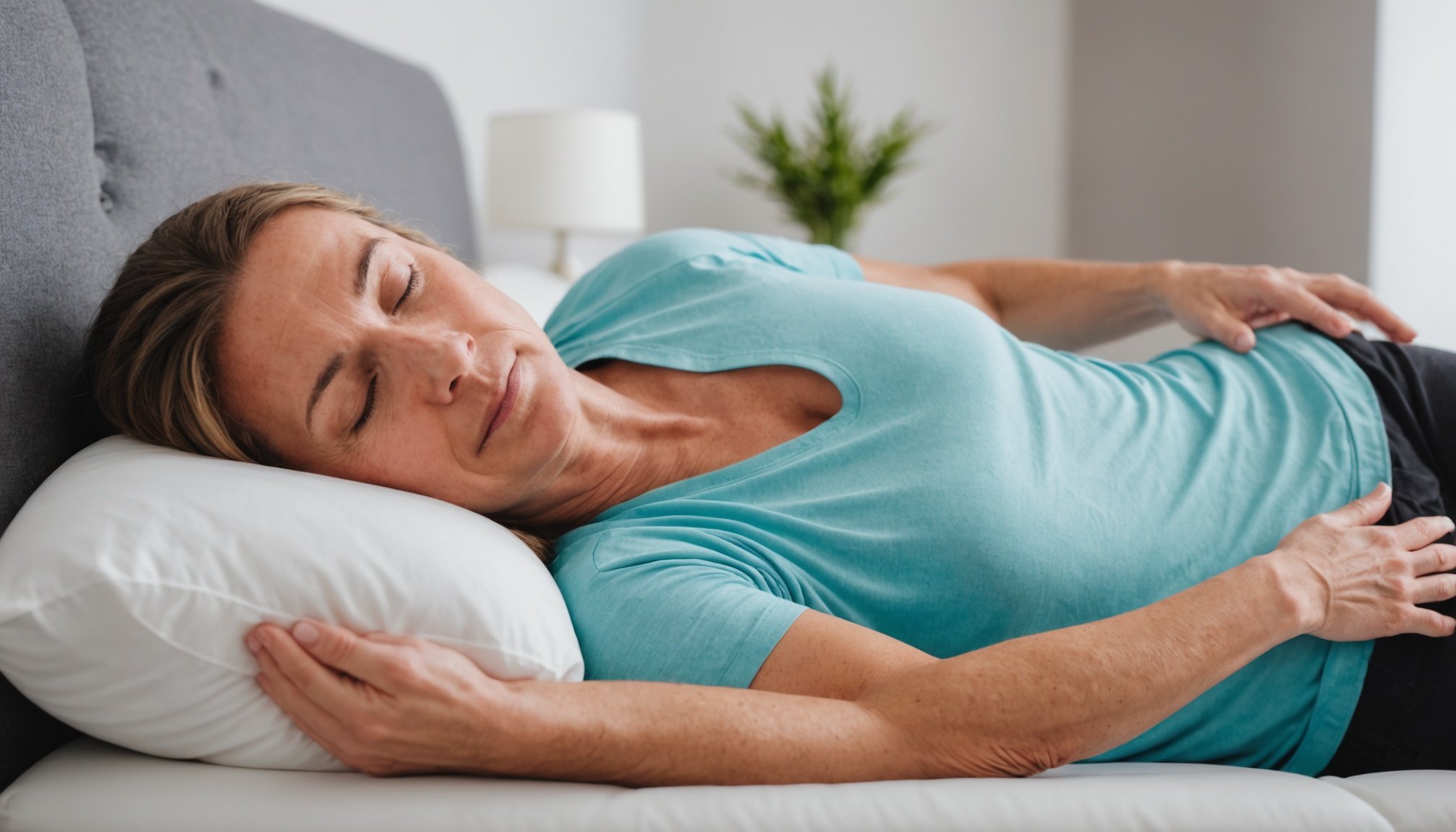Exploring the Mental Benefits of Progressive Muscle Relaxation for Individuals Living with Chronic Pain
Understanding Progressive Muscle Relaxation (PMR)
Progressive Muscle Relaxation (PMR) is a powerful relaxation technique developed by Dr. Edmund Jacobson in the early 20th century. This method is designed to help individuals manage stress, anxiety, and chronic pain by systematically tensing and relaxing specific muscle groups. The core principle of PMR is that muscle tension is closely linked to mental stress and anxiety, and by releasing physical tension, one can also alleviate mental distress.
How PMR Works
To practice PMR, you need to follow a series of steps that help you focus on different muscle groups in your body. Here’s a step-by-step guide:
In parallel : Exploring Cutting-Edge Stem Cell Innovations for Heart Tissue Regeneration: The Future of Cardiac Repair
Finding a Quiet Space
Identify a quiet and comfortable space where you won’t be disturbed for 10-15 minutes. This environment is crucial for minimizing distractions and allowing you to focus on your body.
Assuming a Comfortable Position
You can either lie down on your back or sit in a comfortable chair with your feet flat on the floor and your hands resting on your thighs. The key is to be in a position that allows you to relax fully.
In parallel : Unlocking the Secrets of Peptide Therapy: The Most Recent Advances in Wound Healing Research
Starting with Deep Breathing
Begin by taking a few deep breaths in through your nose and out through your mouth. This helps calm your mind and prepare your body for the relaxation process. Deep breathing is a fundamental component of mindfulness and sets the stage for the PMR exercise.
Tensing and Relaxing Muscle Groups
Start with one muscle group, such as your toes, and tense the muscles for 5-10 seconds. Notice the sensation of tension. Then, release the contraction and bring the muscles to a state of total relaxation. Repeat this process for each muscle group, gradually working your way up the body. This includes the calves, thighs, abdomen, chest, arms, shoulders, neck, and finally, your face.
Mental Health Benefits of PMR
PMR offers a range of mental health benefits, particularly for individuals living with chronic pain.
Reduced Anxiety and Stress
PMR is highly effective in reducing symptoms of anxiety and stress. By tensing and relaxing muscle groups, you become more aware of your body’s responses and sensations, which helps in distinguishing between tension and relaxation. This awareness can significantly lower anxiety levels and promote a calmer mental state.
Improved Sleep Quality
Chronic pain often leads to insomnia and poor sleep quality. PMR can help alleviate both physical and mental stress, making it easier to fall asleep and maintain a restful night’s sleep. Incorporating PMR into your bedtime routine can signal to your body that it is time to relax and let go of the day’s stress.
Enhanced Mind-Body Connection
PMR enhances your awareness of the mind-body connection by focusing on individual muscle groups. This increased body awareness helps you recognize and release tension more effectively, leading to a better understanding of how your body responds to stress and anxiety.
Relief from Chronic Pain
For individuals living with chronic pain, PMR can be particularly beneficial. By identifying and releasing muscle tension, PMR helps in reducing physical pain and promoting muscle relaxation and flexibility. This technique can be used at any time to manage chronic pain and prevent it from escalating into more severe states.
Practical Applications and Studies
PMR is not just a theoretical concept; it has been extensively studied and applied in various therapeutic settings.
Integration with Other Therapies
PMR is often used in conjunction with other relaxation techniques, such as mindfulness, cognitive behavioral therapy (CBT), and hypnotherapy. This integrated approach can provide comprehensive relief from chronic pain and associated mental health issues. For example, in the Whole Health approach used by the VA, PMR is part of a broader self-management strategy for chronic pain that includes cognitive behavioral therapy interventions, meditation, and biofeedback.
Evidence from Studies
Numerous studies have validated the effectiveness of PMR in managing stress, anxiety, and chronic pain. A meta-analytic review found that PMR, along with other relaxation techniques, significantly reduces anxiety and improves overall mood in various patient groups, including parents of children receiving cancer treatment.
Here is a summary of some key findings from studies on PMR:
- Reduced Anxiety: PMR has been shown to reduce symptoms of anxiety disorders, including generalized anxiety disorder and post-traumatic stress disorder (PTSD).
- Improved Sleep: Regular practice of PMR can improve sleep quality by reducing physical and mental stress before bedtime.
- Chronic Pain Management: PMR is effective in managing chronic pain by reducing muscle tension and promoting relaxation. It is often used in combination with other therapies like CBT and mindfulness.
- Stress Management: PMR helps in managing ordinary forms of stress by promoting attentiveness to the present moment and muscle relaxation.
Table: Comparing PMR with Other Relaxation Techniques
| Technique | Description | Benefits | Common Uses |
|---|---|---|---|
| PMR | Systematic tensing and relaxing of muscle groups | Reduces anxiety, improves sleep, relieves chronic pain | Anxiety disorders, chronic pain, stress management |
| Mindfulness | Focus on the present moment without judgment | Reduces stress, improves mental clarity, enhances well-being | General stress, anxiety, depression |
| CBT | Cognitive restructuring to change negative thought patterns | Addresses underlying thought processes, reduces anxiety and depression | Anxiety disorders, depression, PTSD |
| Hypnotherapy | Guided imagery and suggestion to induce a trance-like state | Reduces pain, anxiety, and stress; improves sleep | Chronic pain, anxiety disorders, sleep disorders |
| Biofeedback | Using equipment to monitor and control physiological responses | Helps manage stress, anxiety, and chronic pain by providing real-time feedback | Chronic pain, anxiety disorders, hypertension |
Tips for Practicing PMR Effectively
To get the most out of PMR, here are some practical tips:
- Practice Regularly: Aim to practice PMR for about 10-15 minutes once or twice a day. Consistency is key to experiencing the full benefits of this technique.
- Focus on Deep Breathing: Deep breathing is essential for setting the stage for PMR. It helps calm your mind and prepare your body for relaxation.
- Be Mindful: Pay attention to the sensations you experience as you tense and relax each muscle group. Notice the difference between tension and relaxation.
- Use Guided Imagery: If you find it difficult to focus, use guided imagery recordings or scripts to help you through the process. This can make the practice more engaging and effective.
Real-Life Examples and Anecdotes
Many individuals have found significant relief from chronic pain and mental health issues through PMR. Here’s an example:
“A friend of mine, who suffers from chronic back pain, started practicing PMR before bed. She noticed a significant improvement in her sleep quality and a reduction in her pain levels. She now practices PMR regularly, not just before bed but also during stressful moments throughout the day. It has become an essential part of her stress management and pain relief strategy.”
Progressive Muscle Relaxation is a simple yet potent technique that offers numerous mental health benefits, particularly for individuals living with chronic pain. By systematically tensing and relaxing muscle groups, PMR helps reduce anxiety and stress, improve sleep quality, and enhance the mind-body connection. Its integration with other therapies and the evidence from various studies make it a valuable tool in the management of chronic pain and associated mental health issues.
As Dr. Edmund Jacobson’s work continues to inspire new generations of practitioners, PMR remains a timeless and effective approach to achieving deep relaxation and overall well-being. Whether you are dealing with chronic pain, anxiety, or simply looking to manage everyday stress, PMR is a technique worth exploring. So, take a few minutes each day to practice PMR, and you might just find that it becomes a cornerstone of your mental health and wellness routine.











